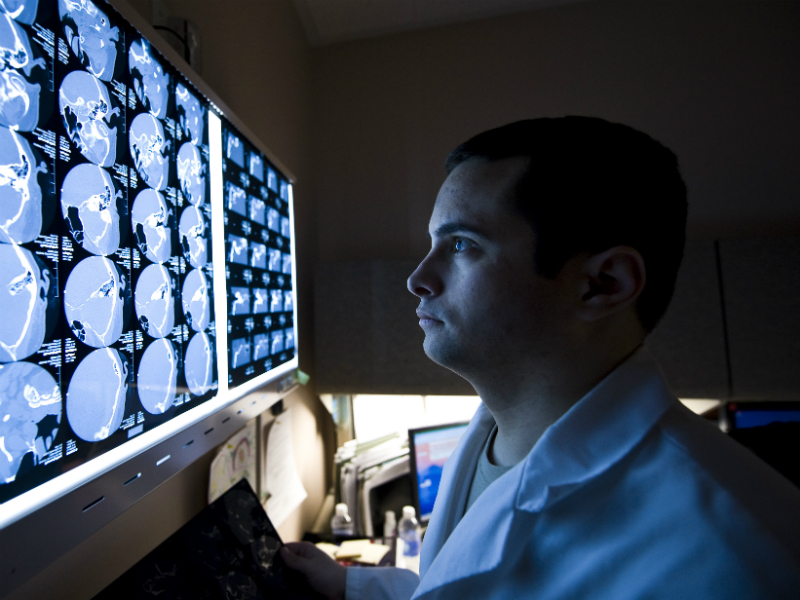Every day new information comes along that can completely change the way we understand our brains. The human brain is this mysterious organ that science hasn’t quite caught up with. As we learn more about our brains, we learn more about how they injure and recover.
In the past, concussions, also known as mild traumatic brain injury (mTBI) were thought to be from the brain bouncing, and bruising within the skull producing what medical professionals called “coup” (same side) and “contra-coup” (opposite side) injuries based on where impact occurred.
Concussions are already known to be common among athletes, being the topic of articles, TV shows, and movies. However, concussions aren’t exclusively a sports injury. Falls, car accidents, and any blow that produces a force on the head can result in a concussion. In fact, concussions don’t just occur following a blow to the head. A hit anywhere to the body, like body checking, can transmit force, resulting in a concussion.
Current concussion research has gone back to basics, looking at brain anatomy to help advance diagnosis and treatment. The brain is made of two components – grey matter and white matter – the large difference between them being fat content. Grey matter, the main hub, where most of the processing happens, and white matter, is the location of the connections between cells, passing messages along. The connections within the white matter are protected by fatty tissue called myelin, allowing messages to be sent efficiently.
On a cellular level, the brain and all neuronal activity are a very tightly run ship, which are kept in check by sealed gates, called tight junctions, that very meticulously monitor what goes in and what comes out, and control all signalling.
This tightly-run ship is where a concussion shakes things up. On impact, the brain shifts suddenly and quickly, and because of the difference in composition, the white and grey matter move at different speeds causing a stretch and separation between the two parts, pulling on the tight junctions, forcing them to open. Once forced open, all controlled signalling through the brain goes awry, and simply put, a concussion is a large amount of brain cells firing erroneously all at the same time.
This false signalling only lasts for a very short time, so why do concussion symptoms linger? Not surprisingly, the brain has to recalibrate after all the misfiring. According to Complete Concussion Management, one of the leaders in concussion care, it takes approximately one week to reach the lowest point, and 22-45 days to reach recovery following the impact.
How will you know if you have one?
You don’t have to lose consciousness to have a concussion, you don’t even have to have memory loss. Concussions, or mild traumatic brain injuries (keyword being mild), do not produce severe enough damage to appear on imaging, and are therefore diagnosed based on mechanism of injury, and symptom presentation. Some common symptoms include headache, dizziness, vision trouble, light or sound sensitivity, difficulty with concentration or memory, sleep trouble, emotional disturbances, anxiety, mood changes, neck pain, nausea, pain, balance issues, and more. It can affect much more than just your head.
Current guidelines for treatment of concussion are heavily based on the newest emerging research, and all trained practitioners are kept up to date as often as possible.
READ: CAN SLEEP AFFECT YOUR HEALTH?
The most important thing you can do if you think you may be suffering from a concussion is get educated. One of the common things seen in practice is patients not finding a concussion trained practitioner soon enough following injury. However, regardless of how long ago the injury was, if one is still experiencing symptoms, a trained practitioner can help provide the most effective and up to date treatment options. Using tools like Complete Concussion Management’s “find a clinic” is a great way to make sure you’re getting the right information for the stage you’re at.
Brains are still a mystery to us, which is why research is crucial to recovery. As a patient, it’s important to understand what happens to it during injury, and how you can take steps to prevent them from occurring and heal. Finding a practitioner to work with you and guide you through the process is key.
